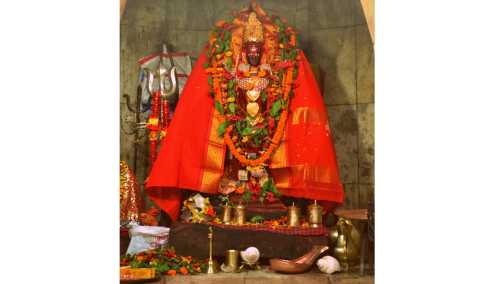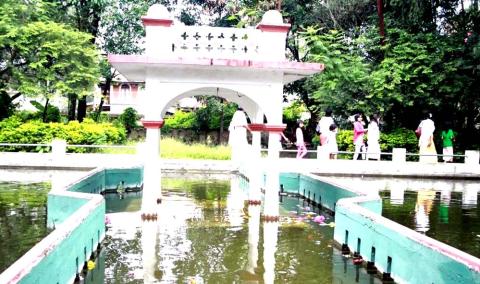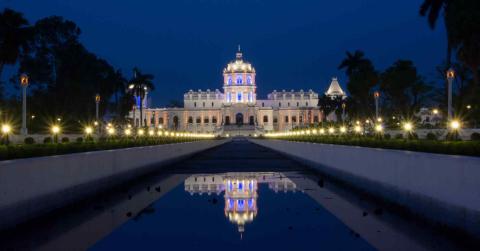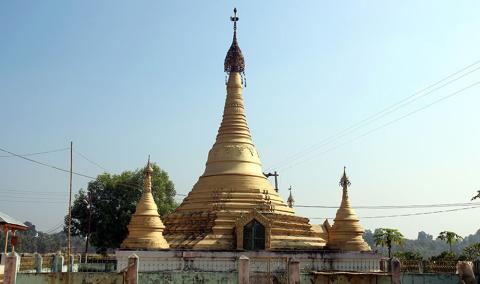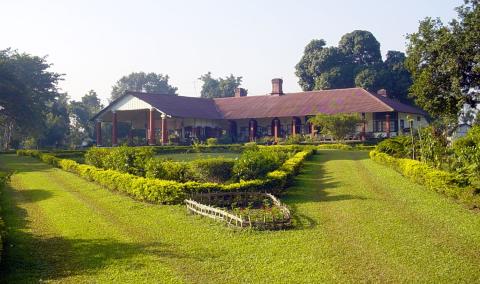Without festival no nation can sustain. The tradition and culture of a nation come alive only in the light of the festivals. Festivity grips the Muslim people in Assam as they spot the new moon towards the end of Ramadan. The month long fasting concludes with feasting. That brings the Eid-ul-Fitr to be celebrated with boundless pomp and gaiety. 'Eid' means 'festivity' while 'Fitr' comes from 'Fatar' which stands for 'breaking'. This is an occasion to enjoy special food and delicacies prepared and distributed among the near and dear ones.
Dressed in traditional attires, the Muslim people in Assam participate in the special community namaz in public fields before greeting each others with the word “Eid Mubarok”. The most striking or mouth-watering item is date to be consumed before attending the community namaz in the morning. Their typical white clothes symbolizes purity. The poor people receive alms, grains or cash as gift from their friends and relatives to share the joy of the annual festival. They visit their friends and relatives sharing meals of special dish. The most common item to be served on the occasion is none other than the vermicelli cooked in sweetened milk.
The 3-day festival marks the end of Ramadan, the holy Islamic month of dawn-to-sunset fasting. The day one falls on the first day of the month Shawwal. But the date slated for the festival varies from place to place.
The Islamic prayer comprises two units which is generally offered in an open field or large hall called an Eed-gah. Popularly known as raka'ah, the salaat or prayer, can only be performed with Jama'at which means congregation with an extra six hands to the ears while saying Allahu Akbar is uttered. Three of them in the beginning of the first raka'ah and three of them just before ruku' in the second raka'ah in the Hanafi school.
Some Muslim people call the Eid ul-Fitr amaller Eid which they find small compared to the Eid al-Adha, which lasts four days following the Hajj.
Eid Festival
Location


